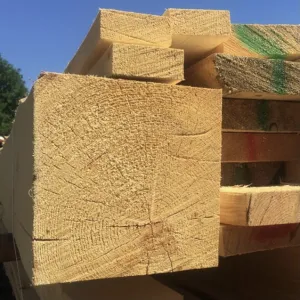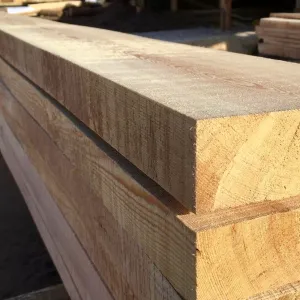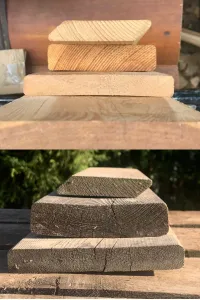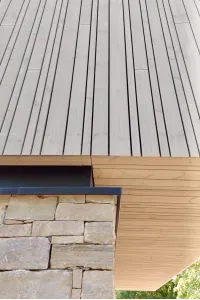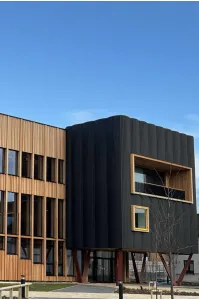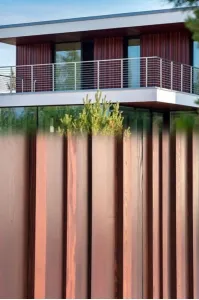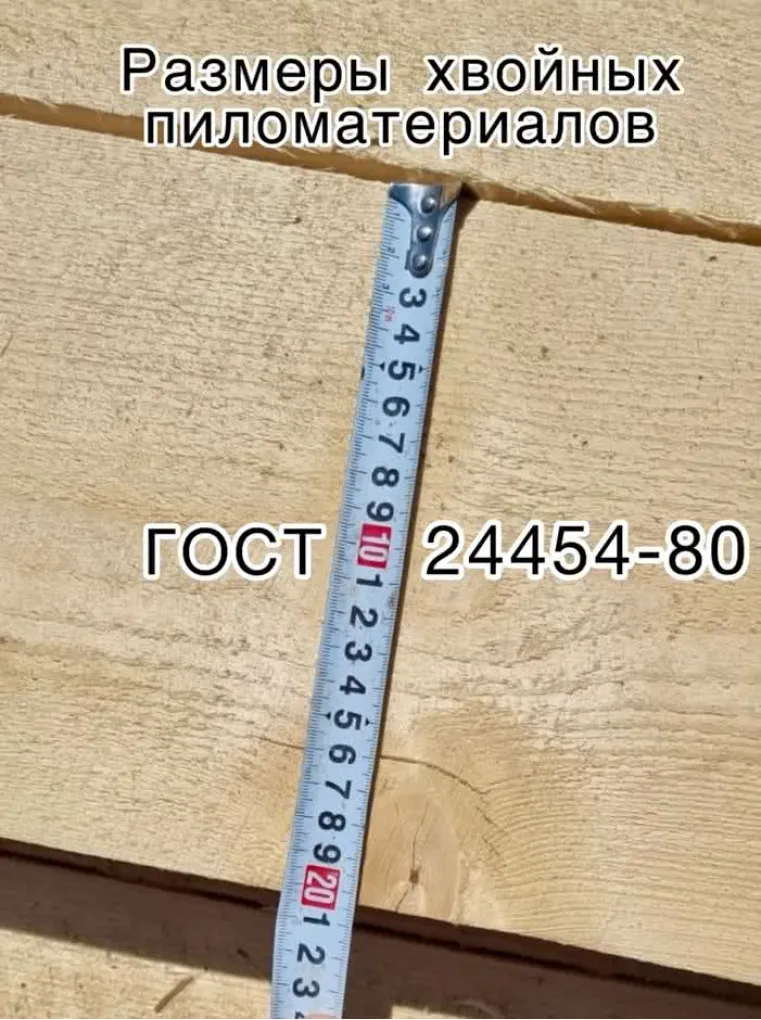
Understanding GOST 24454-80: Comprehensive Guide to Coniferous Timber Dimensions and Standards
Understanding GOST 24454-80: Comprehensive Guide to Coniferous Timber Dimensions and Standards
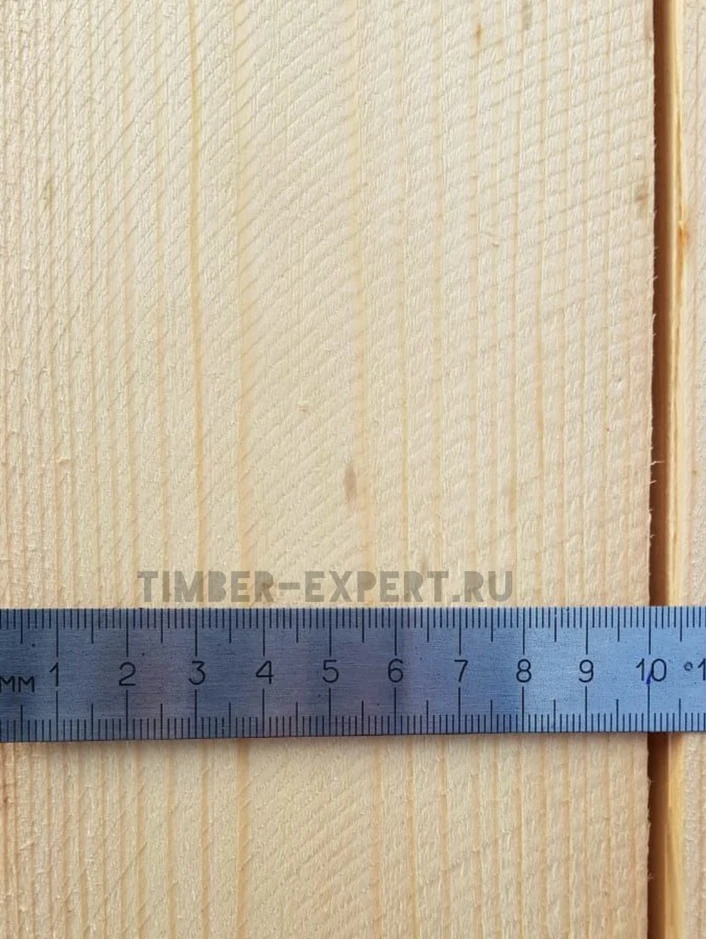
Introduction to GOST 24454-80
GOST 24454-80, officially known as "Sawn Timber of Coniferous Species. Dimensions", represents a pivotal standard in the wood industry, particularly relevant in the realms of construction and manufacturing. Initially ratified in 1980, this standard succeeded GOST 8486-66 and set forth a detailed framework for the dimensions, nominal values of thickness, and widths of sawn timber with parallel edges, as well as the thickness of both edged and unedged timber with non-parallel edges.
Key Specifications and Scope of GOST 24454-80
This standard specifically addresses the dimensions of cross-sectional sawn timber intended for various uses, including export, domestic markets, and specific industrial applications like cargo truck platforms, oil rig beams, bridge planking, and components for vehicle and carriage construction. It is crucial to note that GOST 24454-80 does not apply to resonant and aviation timber, nor to the coniferous timber sorted for the Black Sea region, maintaining a clear focus on more broadly utilized timber types.
Precision in Dimensions: Ensuring Quality and Compliance
One of the standout features of GOST 24454-80 is its meticulous establishment of permissible deviations from nominal dimensions in length, thickness, and width:
Length deviations allow for a +50 mm and -25 mm variance
Thickness tolerances vary with the dimension range:
Up to 32 mm: +1.0 mm
From 40 to 100 mm: +2.0 mm
Above 100 mm: ±3.0 mm
Width deviations for edged timber are similarly graded:
Up to 100 mm: ±2.0 mm
Above 100 mm: ±3.0 mm
These specifications empower manufacturers to account for potential changes in size due to the processing and handling of timber, thereby enhancing the reliability and predictability of the final product.
The Role and Relevance of GOSTs in the Timber Industry
GOSTs serve as quality benchmarks that ensure produced goods meet essential safety and functionality requirements—vital for construction materials like timber, where the integrity of manufacturing can directly influence the durability and safety of buildings and other structures.
Flexibility Within Standards: Custom Dimensions
An intriguing aspect of GOST 24454-80 is its provision for the manufacture of timber sizes not listed in the standard table upon customer request. This flexibility allows manufacturers to meet specific client needs while still adhering to the foundational quality and safety guidelines set by the GOST.
Living Material: Wood and Its Inherent Variability
Comparing wood to other materials, such as high-end Italian tiles, illustrates that even the most rigorously produced items exhibit natural variances. Wood is a "living" material—it breathes, adjusts, and changes, embracing deviations as part of its character, much like the allowable variances in tile dimensions.
Recommendatory Nature of GOST 24454-80 in Modern Russia
While GOST 24454-80 sets forth clear guidelines, it's important to understand its recommendatory nature in the context of Russian Federal Law No. 162-FZ of June 29, 2015, "On Standardization in the Russian Federation". This law specifies that GOSTs become mandatory only when explicitly required by legislation or contractual agreements. Additionally, according to Government Decree No. 2425 of December 23, 2021, while many construction materials are subject to mandatory compliance with GOST standards, sawn timber of coniferous species is not included, granting manufacturers discretion to follow or deviate from these standards.
Conclusion: Ensuring Quality and Compliance in the Timber Industry
Navigating the specifications of GOST 24454-80 is essential for anyone involved in the production, procurement, or use of coniferous timber. By adhering to these standards, manufacturers and consumers can ensure that the timber used in their projects is not only compliant with Russian regulations but also meets the high-quality standards necessary for safe and durable construction. The flexible nature of GOST 24454-80, coupled with its detailed guidelines on dimensions and deviations, provides a robust framework for the timber industry, fostering innovation while upholding safety and quality.
Interstate Standard
Coniferous Sawn Timber
GOST 24454-80
Sizes
Date of Introduction: January 1, 1981
This standard applies to both edged and unedged coniferous sawn timber and establishes the requirements for the dimensions of sawn timber used for domestic needs and export. This standard does not apply to resonance and aviation timber, as well as to coniferous timber of the Black Sea sorting.
The standard fully complies with CMEA Standards 1264-78, 1265-78, 1147-78, 1266-78, and considers ISO 3179-74 and ISO 738-81.
Terms and definitions of sawn timber - according to GOST 18288;
(Revised Edition, Amendment No. 1).
Nominal sizes of thickness and width for edged sawn timber with parallel edges and thickness for unedged and edged timber with non-parallel edges should correspond to the sizes specified in the table.
Nominal sizes of thickness and width (mm):
| Thickness (mm) | Width (mm increments) |
| 16 | 75, 100, 125, 150 |
| 19 | 75, 100, 125, 150, 175 |
| 22 | 75, 100, 125, 150, 175, 200, 225 |
| 25 | 75, 100, 125, 150, 175, 200, 225, 250, 275 |
| 32 | 75, 100, 125, 150, 175, 200, 225, 250, 275 |
| 40 | 75, 100, 125, 150, 175, 200, 225, 250, 275 |
| 44 | 75, 100, 125, 150, 175, 200, 225, 250, 275 |
| 50 | 75, 100, 125, 150, 175, 200, 225, 250, 275 |
| 60 | 75, 100, 125, 150, 175, 200, 225, 250, 275 |
| 75 | 75, 100, 125, 150, 175, 200, 225, 250, 275 |
| 100 | 100, 125, 150, 175, 200, 225, 250, 275 |
| 125 | 125, 150, 175, 200, 225, 250 |
| 150 | 150, 175, 200, 225, 250 |
| 175 | 175, 200, 225, 250 |
| 200 | 200, 225, 250 |
| 250 | 250 |
Note: Custom dimensions not listed in the table may be manufactured upon customer's request.
The width of the narrow side, measured at any point along the length of unedged sawn timber, should be:
For thicknesses from 16 to 50 mm: not less than 50 mm
For thicknesses from 60 to 100 mm: not less than 60 mm
For thicknesses from 125 to 300 mm: not less than 0.6 times the thickness
Width at the narrow end of edged sawn timber with non-parallel edges should be:
For thicknesses from 16 to 50 mm: not less than 50 mm
For thicknesses from 60 to 100 mm: not less than 60 mm
For thicknesses from 125 to 300 mm: not less than 0.7 times the thickness
(Revised Edition, Amendment No. 1).
Sawn timber should also be manufactured with the following cross-sectional sizes for export: 63x160; 90x90; 90x125; 50x300; 63x300; 75x300; 100x300 mm. For the domestic market, by agreement with the consumer, timber of these cross-sectional dimensions may be manufactured:
For cargo vehicle platforms: 40x180; 70x150 mm;
For oil rig beams: 400x400; 360x360; 200x400; 180x350; 150x300; 300x300 mm;
For bridge beams: 200x240; 220x260 mm;
For automotive and railcar construction: widths of 110 and 130 mm.
Nominal sizes of sawn timber by thickness and width are established for wood with a moisture content of 20%. If the wood moisture content is more or less than 20%, the actual sizes of thickness and width should be greater or lesser than the nominal sizes by the corresponding amount of shrinkage according to GOST 6782.
Nominal sizes of the length of sawn timber are established:
For the domestic market and export: from 1.0 to 6.5 m with gradations of 0.25 m; for the manufacture of packaging: from 0.5 m with gradations of 0.1 m;
For bridge beams: 3.25 m;
For export: from 0.9 to 6.3 m with gradations of 0.3 m.
Maximum deviations from nominal dimensions of sawn timber are established:
In length, mm: +50 and -25
In thickness, mm:
Up to and including 32 mm: ±1.0
From 40 to 100 mm inclusive: ±2.0
More than 100 mm: ±3.0
In width for edged sawn timber, mm:
Up to and including 100 mm: ±2.0
More than 100 mm: ±3.0
For sawn timber shorter than 1.5 m, maximum deviations in length are not established.
7a. By agreement with the consumer for the domestic market, sawn timber with length gradations of 0.3 m and maximum deviations in thickness and width according to GOST 26002 are permitted.
(Additionally introduced, Amendment No. 2).
Measurement of dimensions of sawn timber - according to GOST 6564.
(Additionally introduced, Amendment No. 1).
Information Data
Developed and submitted by the Ministry of Forestry, Pulp and Paper, and Woodworking Industry of the USSR.
Developers:
P.F. Kuroptev, Candidate of Technical Sciences; G.M. Vaskova.
Approved and introduced by the Resolution of the State Committee of the USSR for Standards dated November 10, 1980, No. 5731.
The standard complies with CMEA Standards 1264-78, 1265-78, 1147-78, 1266-78.
Replaces GOST 8486-66, sec. 1 concerning sizes.
Referenced Normative and Technical Documents:
GOST 6564-84 (Point 8)
GOST 6782.1-75 (Point 5)
GOST 18288-87 (Point 1)
GOST 26002-83 (Point 7a)
The limitation of the validity period was removed by protocol No. 4-93 of the Interstate Council for Standardization, Metrology, and Certification (IUS 4-94).
Reissued with Amendments No. 1 and 2, approved in December 1986, November 1987 (IUS 2-87, 2-88).
You can download the full text of GOST 24454-80 Coniferous Sawn Timber. Sizes
Please note that this document is in Russian.
GOST 24454-80 Coniferous Sawn Timber. Sizes
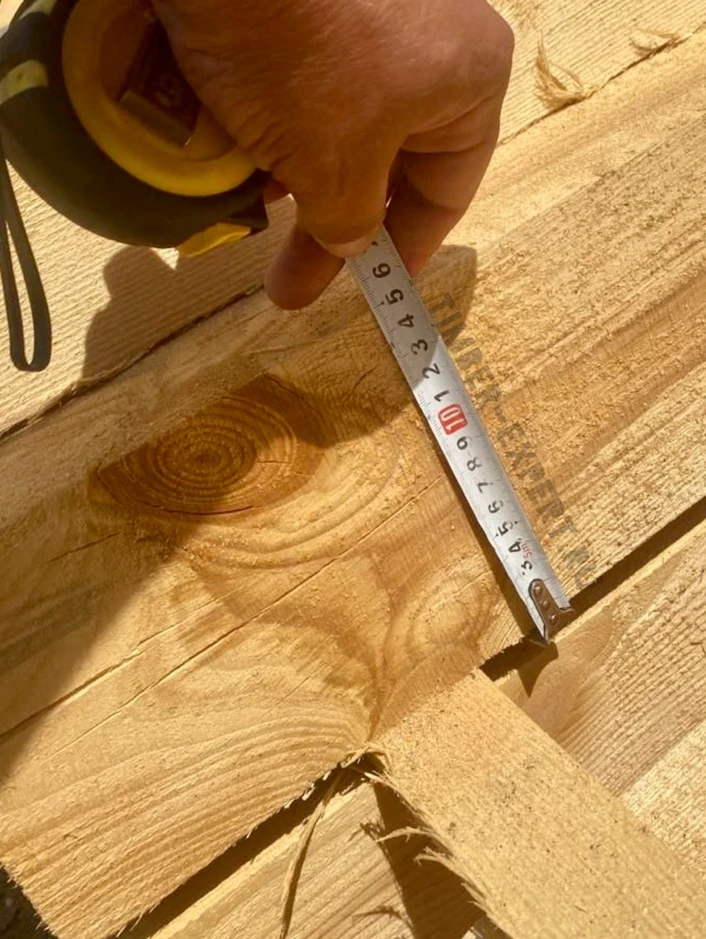
Woodworking company, timber supplier
Timber Expert


